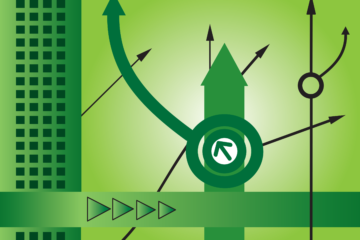Introduction
There are a continual business interest and deployment of smart and interconnected devices, which form the Internet of Things (IoT). The proliferation of mobile devices fuels this dramatic increase, smart sensors used to electric power grids, self-driving cars, and fitness trackers, and wireless sensors, etc. All these products are generating and accessing a growing amount of data that needs to be accessed more quickly and locally for business, government, and consumer decision-making.
Until recently, much of this data has been managed and stored through cloud computing, a centralized network of computers and servers connected over the Internet. But access to information through the cloud can be slow at times because of the data transportation to the cloud for processing, analysis, and storage.
An alternative to cloud computing is Fog Computing, a decentralized infrastructure in which data is accessed locally, which significantly reduces the amount of time it takes to access the data. In addition to fog computing, other concepts as alternatives to cloud computing, called Mist Computing, Cloudlets, and edge computing. But no consensus exists on the distinction among these concepts.
The National Institute of Standards and Technology (NIST) just released Special Publication 500-325, Fog Computing Conceptual Model, a report that presents the conceptual models of fog and mist computing and how they relate to cloud-based computing models for IoT.
The report not only provides the conceptual models of Fog Computing and its subsidiary Mist Computing, but it also presents the approach of a fog node and the nodes federation model, composed of both distributed and centralized clusters of fog nodes operating in harmony. The report is intended to serve as a baseline for comparisons of fog computing capabilities, service models, and deployment strategies, and to provide a baseline for discussion of what fog computing is and how used.


